Titled “Seeded: Art After Investment,” the show features artwork made possible through new equipment funded by a $25,000 Infrastructure Grant from the university’s Research and Economic Development division.
A public reception is planned for Wednesday, Oct. 29, from 11 a.m. to 1 p.m.
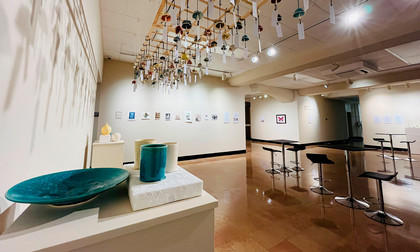
“The works on view represent not only individual artistic achievement but also the expanded possibilities afforded by new tools and technologies in our studios and galleries,” said Department Chair Jamie Oliver.
The Art Department strategically divided the grant among several studios — including Printmaking, Jewelry/Metals, Illustration, and Ceramics — to maximize impact.
“With 67 majors plus 12 general education courses, the new equipment benefits a broad range of students,” Oliver said.
Guided by Assistant Instructional Professor Mayumi Kiefer, a new small electric kiln gives students the chance to fire their own work — a first for the department. It allows for a wider range of firing techniques and a more hands-on learning experience, particularly for art education majors. Kiefer’s students used the kiln to create an installation inspired by an exhibit in her native Japan.
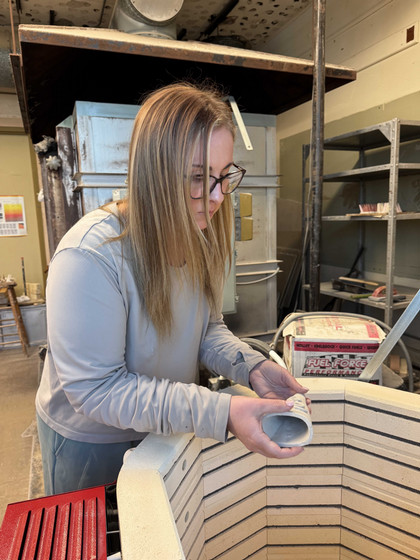
With the arrival of Assistant Professor Olivia Timmons and renewed student interest in printmaking, the department purchased a new etching press. The addition revitalized the studio, allowing exploration of new processes and techniques. Timmons and her students used it to create woodblock and other styles of prints for the exhibit.
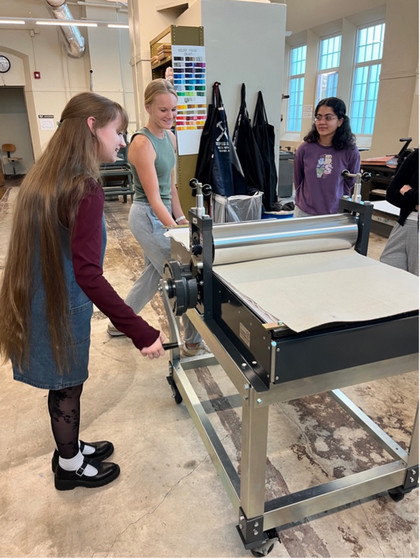
A new vacuum casting system reintroduces the lost wax casting process in upper-level jewelry courses as part of the new Crafts/Jewelry Certificate. The process, once discontinued due to outdated equipment, is now revitalized thanks to the grant.
Associate Instructional Professor Janet Lewis trained on the new system this summer and is integrating it into her classes. Her work is part of the exhibit. The program also received a gift of casting supplies from the estate of alumnus Steve Ortiz (BFA ’84, MA ’91), further expanding possibilities for students.
New light tables, printer, and a digital projector enhance the digital studio, improving the ability to transfer and project sketches on a variety of papers. These tools, combined with existing scanners and printers, support professional-quality printing and experimentation. Assistant Instructional Professor Kim Allison used the equipment to create large, colorful butterflies for the show.
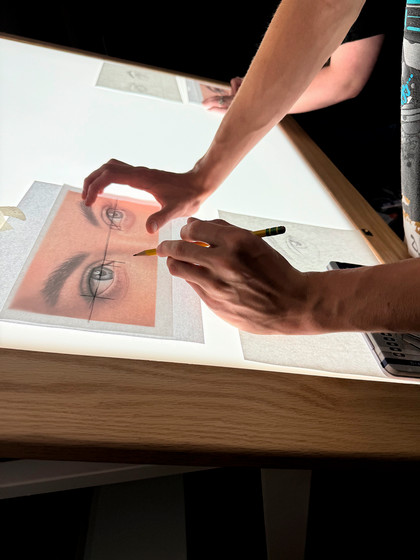
The department added Oculus Quest 3S VR goggles and software that allow artists to project digital sketches onto canvases or murals, improving accuracy and scale. Oliver tested the technology by creating a large rendering of a Porter Hall entrance, and he plans to integrate it into future community mural projects.
Funds also supported a second glass-fronted cabinet for the department’s art history display, curated by Professor Li-Lin Tseng, featuring scaled models of iconic works from sculpture to architecture.
“Seeing historic works in three dimensions gives students a true sense of texture, scale, and light — something a photo can’t provide,” Oliver said.
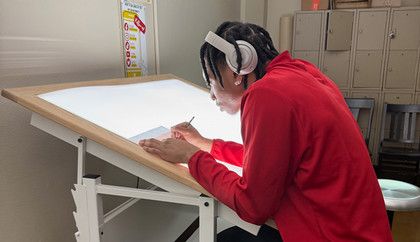
“Seeded: Art After Investment” is open through Nov. 10 in the Harry Krug Gallery. The gallery is open 8:30 a.m. to 9:30 p.m. Monday-Thursday and 8:30 a.m. to 4:30 p.m. Friday.